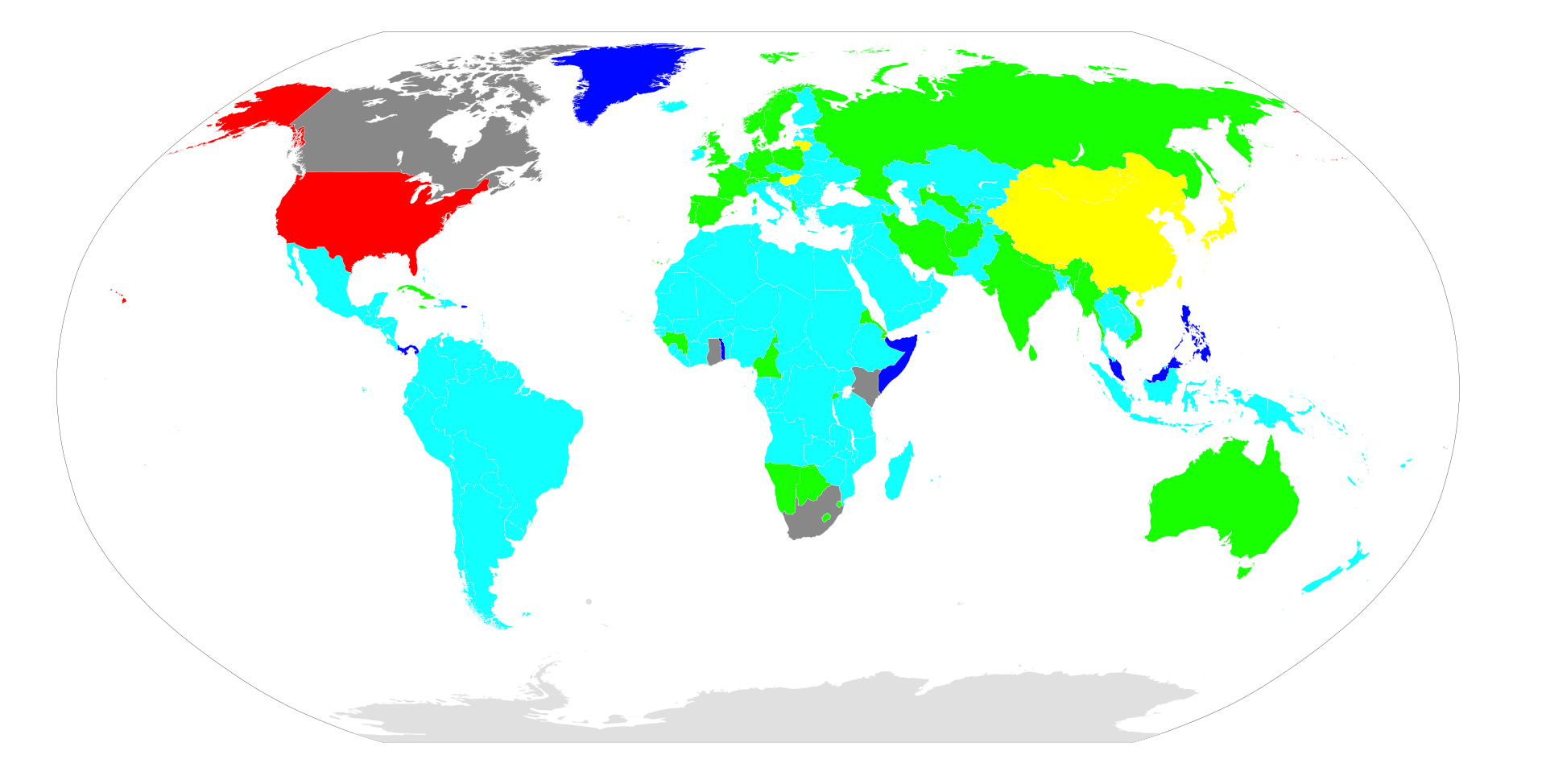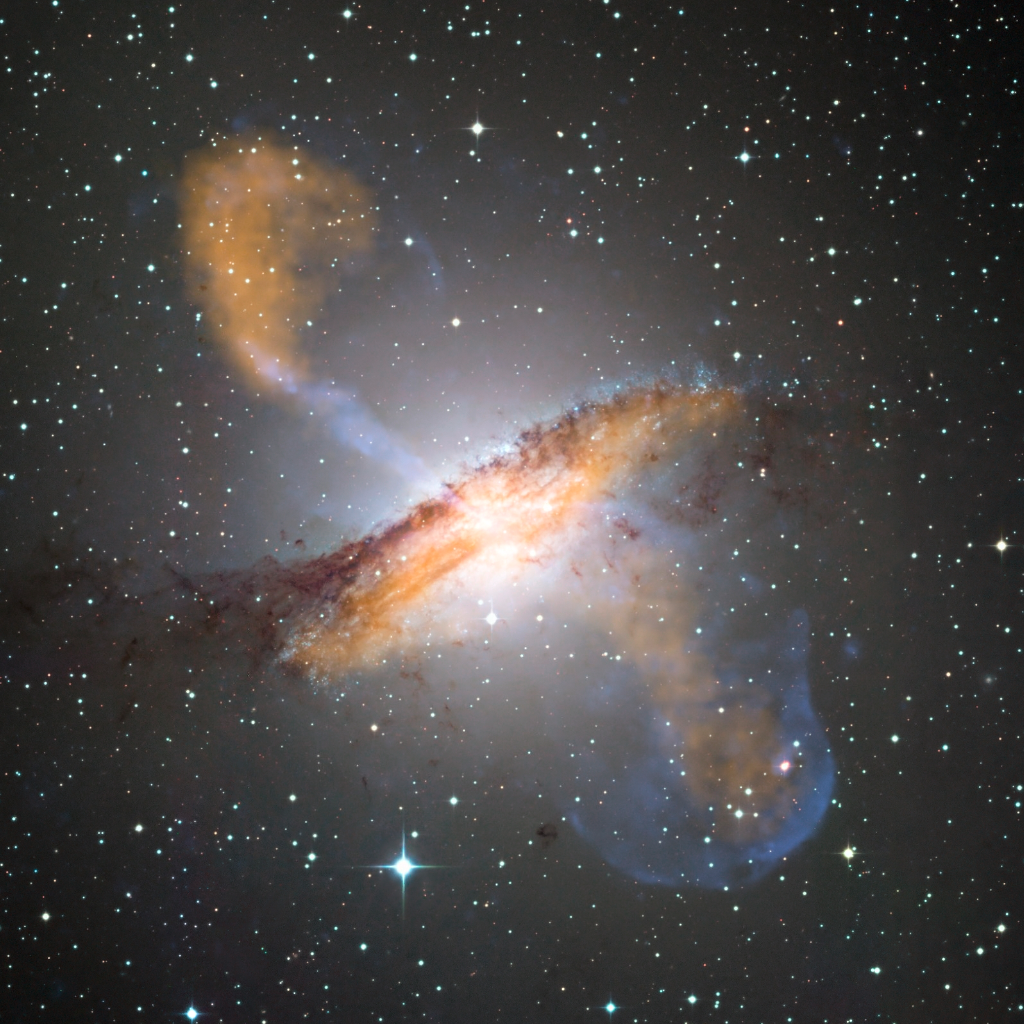YYYY-MM-DD should be the main everywhere.
It is in Lithuania
DD/MM for readability, YYYY/MM/DD for alphabetical sorting that’s also chronological.
Ironically, MM/DD/YYYY works better for chronological sorting than DD/MM/YYYY, so long as you don’t go between years.
Didn’t think I’d be saying this but the Americans have an edge over us Brits.
Have another go at this train of thought, mate… You’re basically saying “MM/DD” is better at sorting chronologically than “DD/MM”, since the year part is taken out of the equation, which is already the established consensus, and not ironical whatsoever. And the ISO standard is already to use YYYY-MM-DD, so that’s the winner IMO, hands down. Japan is simply following that but using a slash as the delimiter.
By this logic one might say that DD/MM/YYYY works for alphabetical chronological sort if you don’t go between months…
When you search or do any stable sort, I would think you want your primary attribute to be the one with most finite values? That way you are front loading the pruning of the search space.
So it’s actually on favor of Japanese style
Excuse me, sir, but WAT?
What I said, MM/DD/YYYY is less flawed than DD/MM/YYYY for chronological sorting.
Asian YYYYMMDD way is the best way for computing…, but the American way at least preserves the month and day structure.
YYYY-MM-DD (honestly without dashes) is the only helpful format.
If you name all your files with this as a suffix then your files automatically sort versions of themselves in order when sorting by name.
Yeah this method is superior for digital filing. I can’t imagine the sorting clusters I’d have to go through to find what I want any other way
ISO 8601 baby
Though it ought to be a prefix, not a suffix
You mean as a prefix, right?
Their assumption is that the filename is the same otherwise e.g. myNotes20231122.txt
Oh I see, thanks. Good alternative to final3_release2.
Came here to say this, I use DD.MM.YY in day-to-day stuff, but for files it’s either YYYY_MM_DD or YY_MM_DD, the automatic ordering is beautiful
YYYY-MM-DD in Hungary too, that us shit is totally non logical, i cant get used to it
We do that in Sweden as well. Our social security numbers are that plus 4 unique numbers. The beers I send out to stores have yyyy-mm-dd printed at the bottom.
So no more than 10 thousands of Swedes may get an SSN at the same day (or be born at the same day even 🤔)?
Hasn’t been a problem so far. I’m guessing maybe they will add numbers or use letters if it comes up. They recentled started doing that on license plates.
It’s very easy to sort by this format, makes perfect sense.
Easier to sort by YYYY-MM-DD than MM-DD-YYYY tho
Dammit, I misread here. Of course, the US format is terrible.
Fuckin wait until you hear how many feet are in a mile. You all should’ve waterboarded us harder while we were a young country.
FIvE tOMaToeS
This is literally the most logical method to name a date in text.
In what text?
In French we say “14 juillet 1789”
We don’t even say “nth day of”
In a text like “the research started at 2003-01-24”, or pretty much in any other text where you need to convey all 3 elements.
I bet you also don’t say “14 07 1789”, because that’s what MM format means.
You bet wrong
We write AND say “La Révolution a démarré le 14/07/1789” or “La Révolution à démarré le 14 juillet 1789”
Spoken numbered month are usually used in an administrative context, to ease the work of our contact.
Oh that’s right, the spoken administrative context. Same in my dd-mm-yyyy county actually. Still, I find it less intuitive than the logical yyyy-mm-dd when understanding written text.
119 doesent feel the same
“Steel Beams Can’t Melt Jet Fuel.”
wait… it actually makes sense this way
Japan wins this one.
What about YY/DD/MM?
Oh fuck off. ;)
I’ll fuck of when it’s 2024/22/11.
Hey. If you use your format, then you won’t be able to celebrate the new year on 123123, 233112 just doesn’t have the same ring to it
If that one doesn’t tickle you, we do have more options to explore like MM/YY/DD or DD/YY/MM
Hell, we even have options like MDY/MDY
DD/YY/MM is the devil incarnate
Hey… it sorts properly alphabetically
Only within the same century, which is an issue for those of us born last millennium (or managing systems from that time), and could be a real problem in 50-ish years when we could get the first duplicates.
Better to stick with YYYY-MM-DD for alphabetical sorting
*ASCIIbetically. The alphabet doesn’t know digits.
YYYY-MM-DD is the only acceptable date format, as commanded by ISO 8601.
Glad I can count my own country, Lithuania, among the enlightened.

EDIT: Source of the picture: https://en.m.wikipedia.org/wiki/File:Date_format_by_country_NEW.svg
Canada threw up their hands and said, “Fuck it, I don’t care, use whatever date format you like.”
We are ridiculously inconsistent in Canada. I’ve seen all 3 of the most popular formats here (2023-11-22, 11/22/2023, and 22/11/2023) in similarish amounts. Government forms seem to be increasingly using RFC 3339 dates, but even they aren’t entirely onboard.
Which color is which?
(This doesn’t consider the separator) Cyan - DD/MM/YY Magenta - MM/DD/YY Yellow - YY/MM/DD The other ones are mixes of those two colors, so e.g. the US is MM/DD/YY and YY/MM/DD (apparently).
Also just noticed I didn’t attribute this picture, I’ll edit my comment.
where’s that? somewhere in africa?
/s because apparently it’s not implied
Lithuania is one of the Baltic States, conveniently squished between Russia & Belarus to the east and the sea to the west. Across that sea is Sweden. You’ll usually see three countries be the parts of this set. Lithuania is the southernmost of these three.
Soo… yes to being in Africa?
/s
deleted by creator
I seem to have dropped my /s. But yes.
“There shall be no other date formats before ISO8601. Remember this format and keep it as the system default”
YYYY-MM-DD:HH:MM:SS
YYYY-MM-DD:HH:MM:SS+TZ
RFC3339! It’s like ISO8601, but good!
This, but all run together.
I write files/reports to disk a lot from scripts, so that’s my preferred format.
I just go for a unix timestamp and use terminal/filemanager to sort by or display the datetime
Are you talking epoch? I don’t care for that mainly because it’s not human readable. I see the use for it, but I struggle with it in practical use.
Yep. I mostly like datetimes for simple sorting. If it needs to be human readable iso is the way to go tho.
YYYY-MM-DDTHH:MM:SS.SSSSSSSSSZ
deleted by creator
Funny thing, in ISO 8601 date isn’t separated by colon. The format is “YYYY-MM-DDTHH:MM:SS+hh:mm”. Date is separated by “-”, time is separated by “:”, date and time are separated by “T” (which is the bit that a lot of people miss). Time zone indicator can also be just “Z” for UTC. Many of these can be omitted if dealing with lesser precision (e.g. HH:MM is a valid timestamp, YYYY-MM is a valid datestamp if referring to just a month). (OK so apparently if you really want to split hairs, timestamps are supposed to be THH:MM etc. Now that’s a thing I’ve never seen anyone use.) Separators can also be omitted though that’s apparently not recommended if quick human legibility is of concern. There’s also YYYY-Wxx for week numbers.
If you have years of files named similarly with the date, you will love the ISO standard and how it keeps things sorted and easy to read.
I have autohotkey configured to insert the current date in ISO 8601 format into my filenames on keyboard shortcut for just this reason. So organized. So pure.
Much date. Very logic.
Holy shit teach me your ways how do I do that
Nope not yet
Download Autohotkey, and create a new script. Paste these shortcuts into the script and restart the script:
#NoEnv ; Recommended for performance and compatibility with future AutoHotkey releases.
; #Warn ; Enable warnings to assist with detecting common errors.
SendMode Input ; Recommended for new scripts due to its superior speed and reliability.
SetWorkingDir %A_ScriptDir% ; Ensures a consistent starting directory.
:R*?:ddd::
FormatTime, CurrentDateTime, yyyy-MM-dd
SendInput %CurrentDateTime%
return
:R*?:dtt::
FormatTime, CurrentDateTime, yyMMddHHmm
SendInput %CurrentDateTime%
Return
Now, if you type ‘ddd’ on your keyboard, the current date will be typed out, eg ‘2023-11-23’.
If you type ‘dtt’ tgen the datetime stamp will be typed out in YYMMDDhhmm format, eg 2311231012
There are so many cool things you van do with AHK to make your work more productive. For example, rather tgan typing your email address a billion times, add the shortcut:
And then you can type ‘add1’ and hit space, and your email address will be typed out in full. Of course, the string ‘add1’ can be whatever you want.
I love you.
💕
Sorting by date would be so much better with yyyymmdd .
Is that why the military uses that format?
In a GMP laboratory it’s 22NOV2023 no ambiguity.
deleted by creator
Yep, you can easily sort it just because of the ordering. It’s a full standard
No. No you can’t.
ISO 8601, while great, has too many formats. May I introduce RFC 3339 instead?
YES! I wish more people knew about RFC 3339. While I’m all for ISO 1601, it’s a bit too loose in its requirements at times, and people often end up surprised that it’s just not the format they picked…
That is what I love so much about standards: there are so many to choose from.
Huh, I’ve never noticed how much bloat was in ISO 8601. I think when most people refer to it, we’re specifically referring to the date (optionally with time) format that is shared with RFC 3339, namely 2023-11-22T20:00:18-05:00 (etc). And perhaps some fuzziness for what separates date and time.
Largest to smallest unit of time. It just makes sense.
Except the information is given least to most important, making verbal abbreviation difficult. Works great for file names though.
There’s this really cool shorthand where you drop the year because it seldom changes. It’s called MM-DD
Yeah and if you need to know what year, you can just add it to the end like this MM-DD-YY.
MM-DD-YY is the worst abomination I’ve seen yet
12-04-08
good luck figuring out what that is
Wow it’s my exact birthday. Good luck figuring out my age.
Had a coworker who used MMDDYY with no dashes. Unless you knew it was very hard to figure out, since it could also just be a number that happened to be 6 digits, too. At least YYYY-MM-DD looks like a date generally.
“I can reuse this old function if I just monkey-patch this other class to work with it, no one will have any issues understanding what’s going on”
Edit: Thought this was the programmerhumor community. For context: A monkey-patch is when you write code that changes the behaviour of some completely different code when it is running, thus making its inner workings completely incomprehensible to the poor programmer using or reading your code.
For file names, absolutely.
When I’m asking what date it is I typically know the current year.Well la-tee-dah, look at mister not-shitfaced-every-day here, bragging like a big man
I can lie under the table, puking my guts out and still remember the year.
You need more training, son.
The truth. Amen
It’s alphabetically sortable too. Name backups like this.
Iso date format. Anything to do with photos is best to have in this format at the start of the filename.
Iso date format. Anything
to do with photosis best to have in this format at the start of the filename.Fixt.
It also means that by default it’ll sort by newest
It actually makes sense when you put YYYY/MM/DD in filenames as they will be sorted pretty neat (ex: reports)
Yeah for a lot of files you probably would sort by year in the end
Maybe to foreigners but they love using the era for the year which doesn’t really help anyone.
What eras do they have/use?
Each emperor (Japan) and Big Change (China), is given a name. You can look up the current japanese era. From a friend, the chinese (and others like Singapore, Macau, Taiwan) are also living in an era with its corresponding year.
deleted by creator
Yep, today is 2023, November 22.
Someone should make this an alternative date format in English, it looks and works really well.
deleted by creator
























